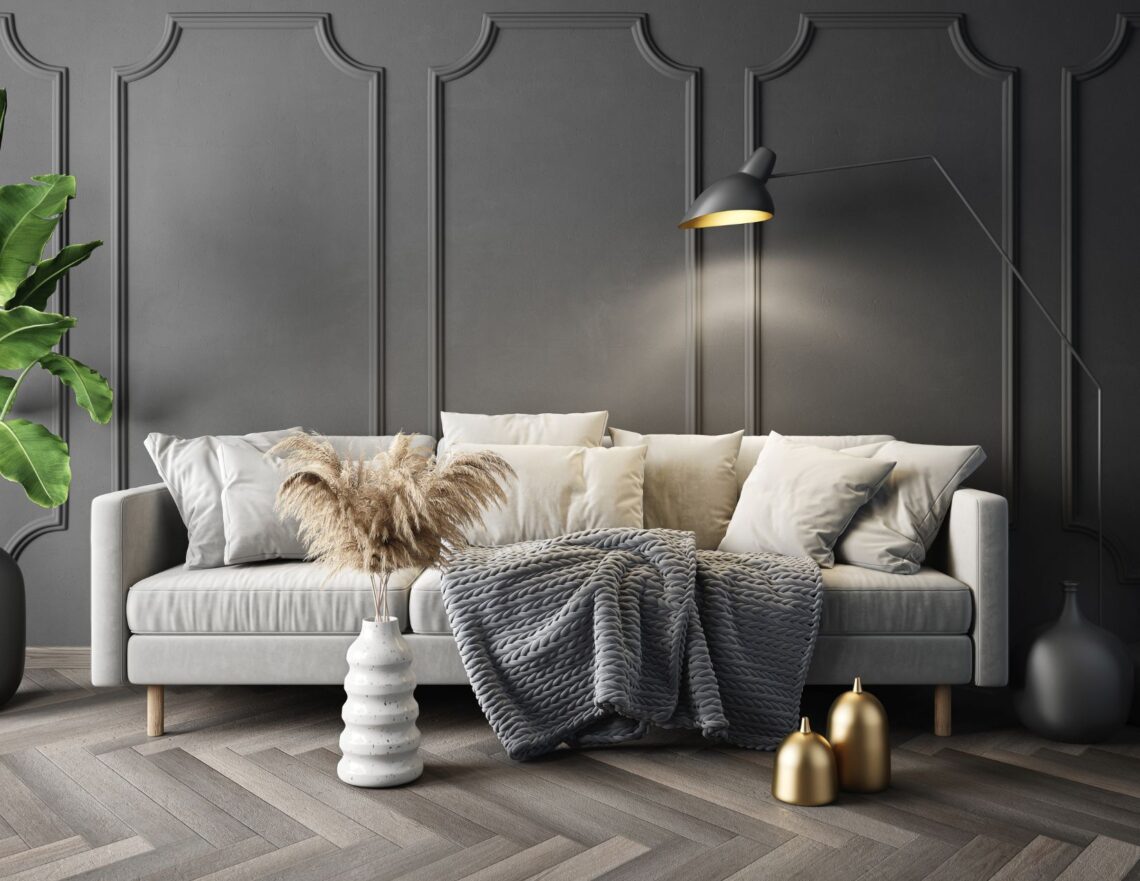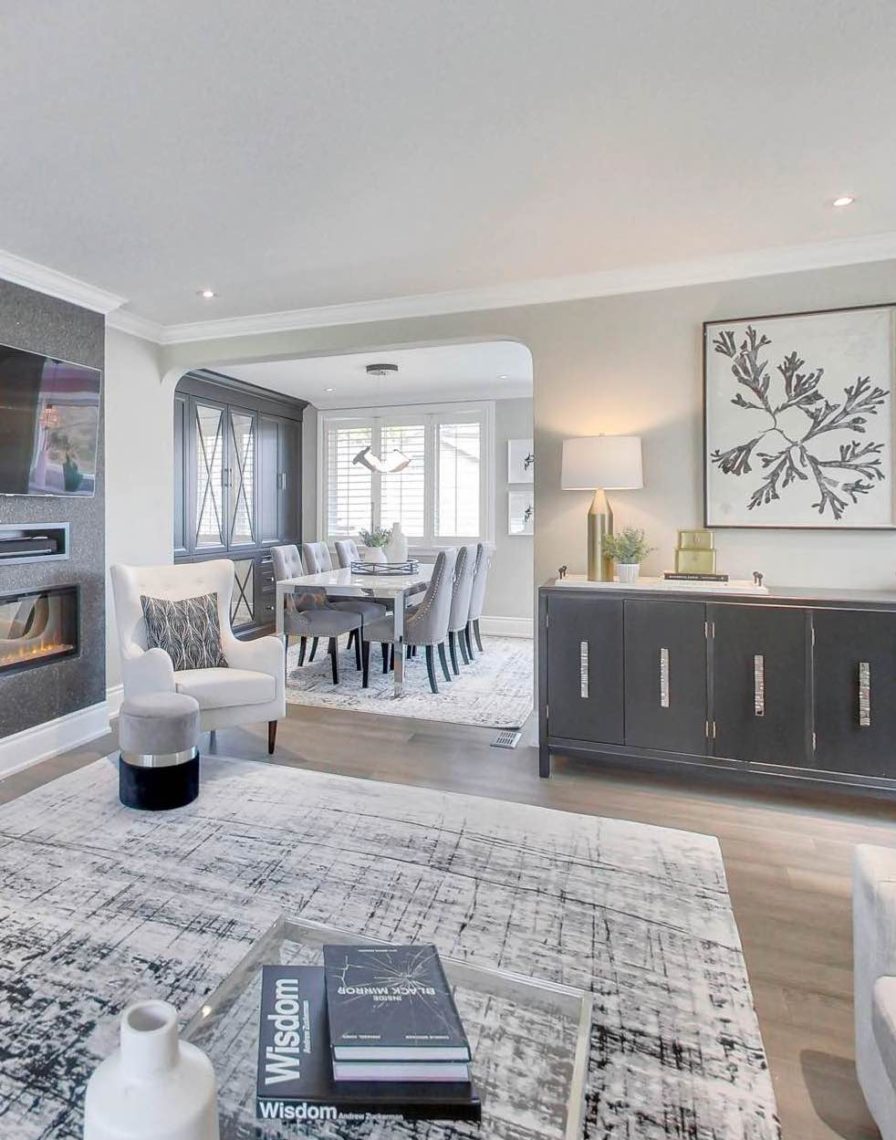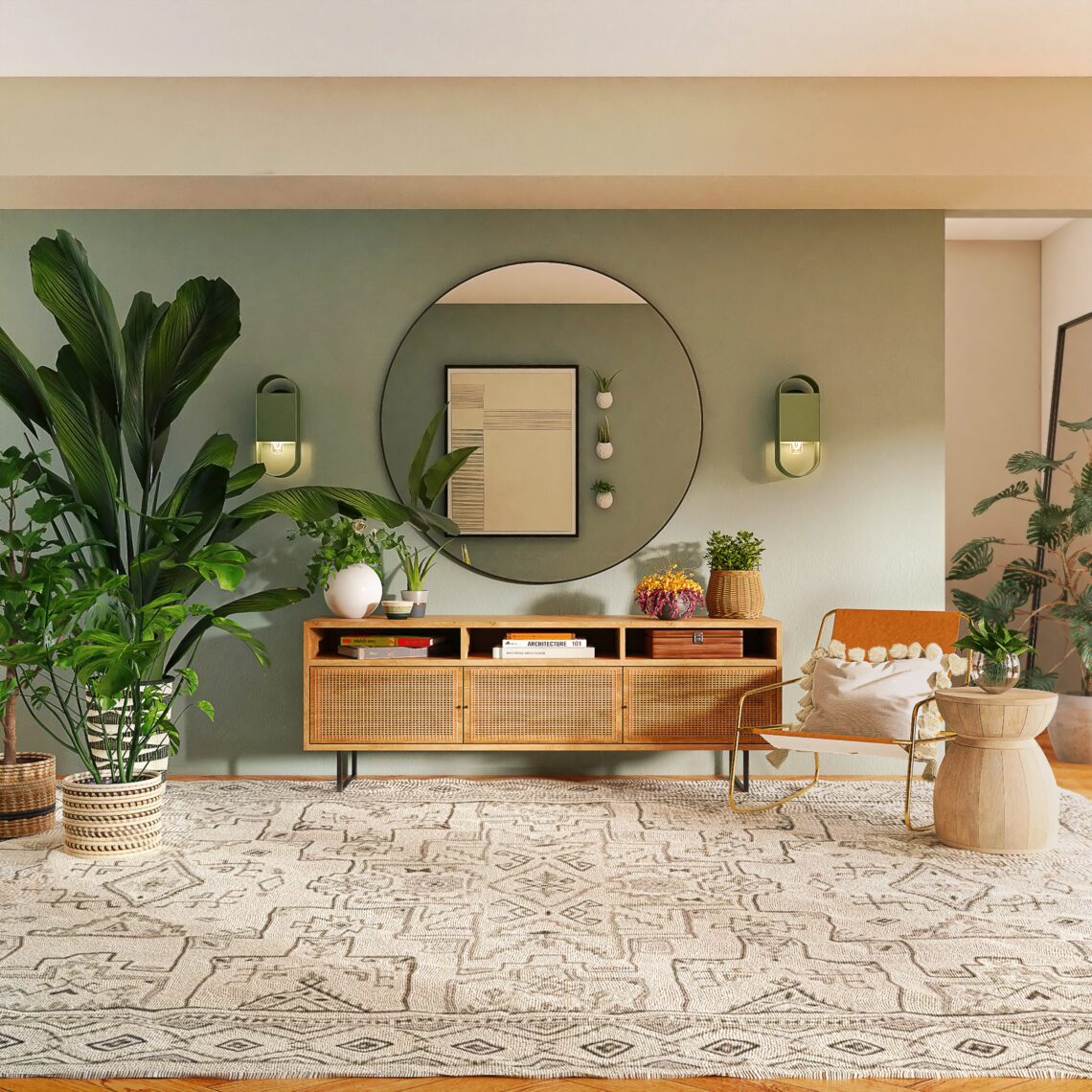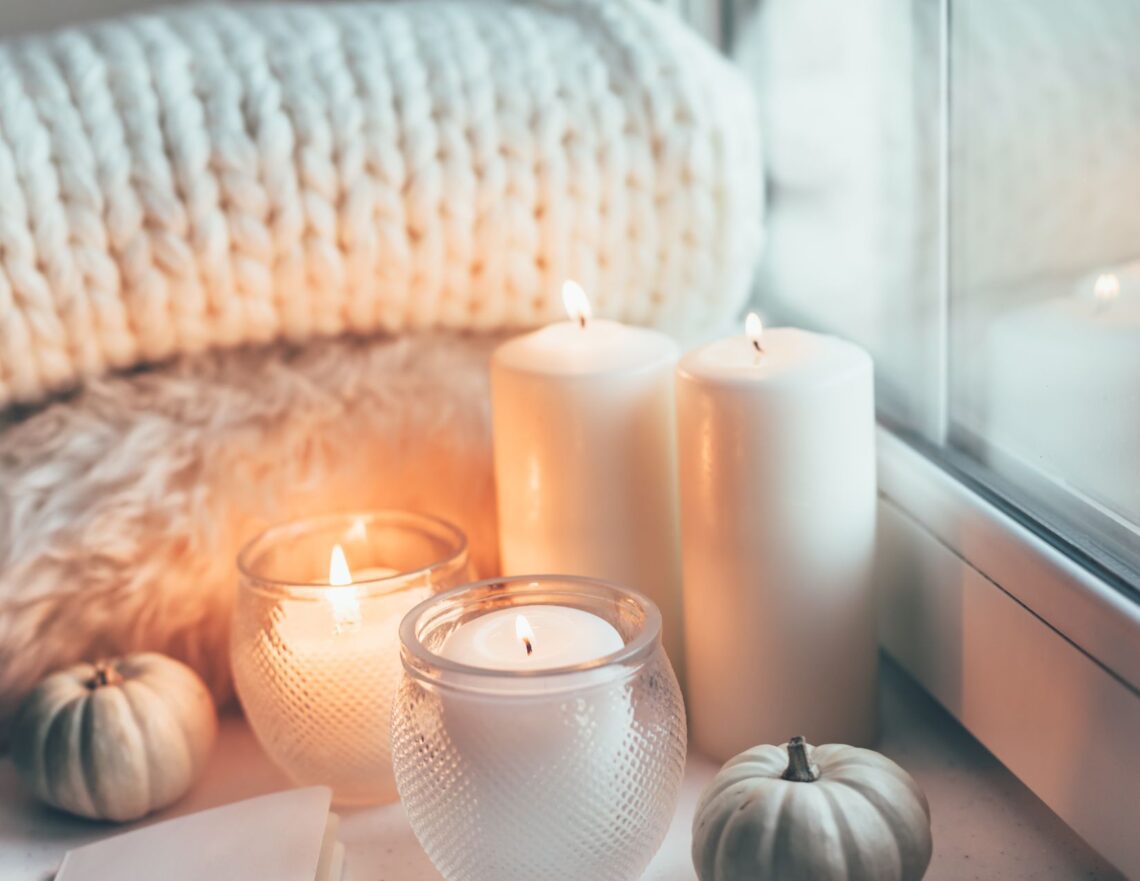09.05.2024 | Design
Interior Design Basics for a Beautiful Home

Whether you have just bought a new house or are looking for a refresh, a few interior design basics will help you style your space. Design goes beyond aesthetics and affects how you use and live in the room. Before decorating a room, consider its purpose, the flow of the space, and your personal style. Understanding a few interior design basics will help you make informed decisions and avoid common mistakes for a beautiful home.
Elements of Interior Design
Interior design is built upon several core elements that all contribute to how a space looks and feels. Considering each of these when designing and decorating a space will help you create a beautiful home.
Space: A room’s physical boundaries are divided into two-dimensional (floor and walls) and three-dimensional (living area) spaces. Maximizing the space in your rooms will ensure they are easy to navigate and don’t feel crowded.
Light: Proper lighting is functional and helps set a space’s mood. Bright, natural light makes spaces feel larger and more open, while dim light brings a cozy feel.
Colour: Colour sets the tone for your room. Neutral and earthy colours are calming, while bright, warm colours stimulate energy and happiness. When choosing a colour scheme, keep the room’s use in mind.
Texture: The quality and texture of elements in a room add depth and interest. When choosing textiles like area rugs, throws, cushions, and curtains, consider texture so your space doesn’t fall flat.
Pattern: Patterns add personality and visual interest to a space. Balance is critical when bringing patterns into your decor because they can be overwhelming in large quantities.
Choose Your Colour Scheme
Your colour scheme is one of the most impactful choices when designing a room. It helps set a mood—are you looking to create a calm, peaceful space, a bright, happy space, or a dramatic, interesting space? You want a cohesive colour palette that moves seamlessly through the space and is not jarring as you move from room to room.
Use the colour wheel if you need help choosing a colour scheme. Monochromatic schemes use different shades of the same colour (which is excellent if you like neutral palettes). Analogous schemes use adjacent colours, such as blue and green or red and orange, while complementary colours sit opposite each other on the colour wheel.
A good rule of thumb is to choose three colours and use the 60/30/10 rule. Pick one primary colour for the walls and floors, a secondary one for larger pieces, and a third one as an accent. 60% of the space will be the primary colour, 30% the secondary shade, and 10% the accent colour.
Pick A Design Style
When it comes to interior design basics, starting with an overall style in mind will help keep your space cohesive and make it easier to choose colours, furniture and accents that all fit together. When choosing your design style, ask yourself what you naturally pull towards. Do you like modern, clean lines, minimalist, shabby chic, farmhouse, or bohemian? The options are almost endless! Many styles come with colour palettes, design elements, textures and patterns, which helps narrow your décor choices and ensures a cohesive look.
Create a Focal Point
Creating a focal point helps anchor the space and gives you a chance to highlight the personality of your decor. Your room may have a natural focal point like a fireplace or wall of windows that will work as a starting point. If not, a large piece of art, a beautiful sofa, or built-in bookshelves also work well. Once you choose the main point in the room, the other decor should compliment it and not compete for attention. You’ll end up with a space that has interest without being overwhelming.
Bring Balance to the Space
To achieve balance, you want to distribute the weight of your furniture and accents. Things don’t need to be perfectly symmetrical, but they should feel balanced to avoid an awkward-looking space. Consider the scale of the furniture and placement to achieve visual balance in the room. Balance is also about contrast—too much of one colour or pattern can be boring. Subtle contrasts like differing textures, colours, shapes, and heights help create a complete and balanced feel.
Place Your Furniture
Choosing the right furniture for a space has a considerable impact – too small, and it makes the room feel empty and off balance; too big, and it can make the space appear cramped and cluttered. Keep scale and proportion in mind to ensure the furniture fits the size of the room. Functionality should be a primary concern – how will you use the space? A living room used for TV marathons will need a cozy sofa, whereas a dining room for entertaining will need a more formal sitting area. Consider the flow of the space as well – is there room to move comfortably around the furniture? You want to avoid blocking entrances or windows and make sure it is easy to navigate the space.
Choose Art & Personal Touches
Bringing in personal elements that mean something to you will ensure your home reflects your personality. Choose art based on what speaks to you. Consider the space you are going to place it in. Keep in mind size, texture, and colour so that it doesn’t clash with the existing décor in the room. Bring in decorative items like vases, candles, throw pillows, and blankets to add interest and warmth.
Light it Up!
Adequate lighting is essential when decorating your home. The first step is to maximize the natural light in the space. Layered lighting works best, starting with the central light fixture in the room to create the atmosphere. Then, focus on task lighting, like reading lamps in a sitting room or under-cabinet lighting in a kitchen. The final layer is accent lighting to set the mood further and highlight features like architectural details or artwork.
With a few interior design basics, you can create a stunning space to call your own. Using a few fundamental principles of design will help you craft a beautiful and functional home. If you’ve enjoyed this blog, be sure to sign up for our monthly e-newsletter for home tips!





